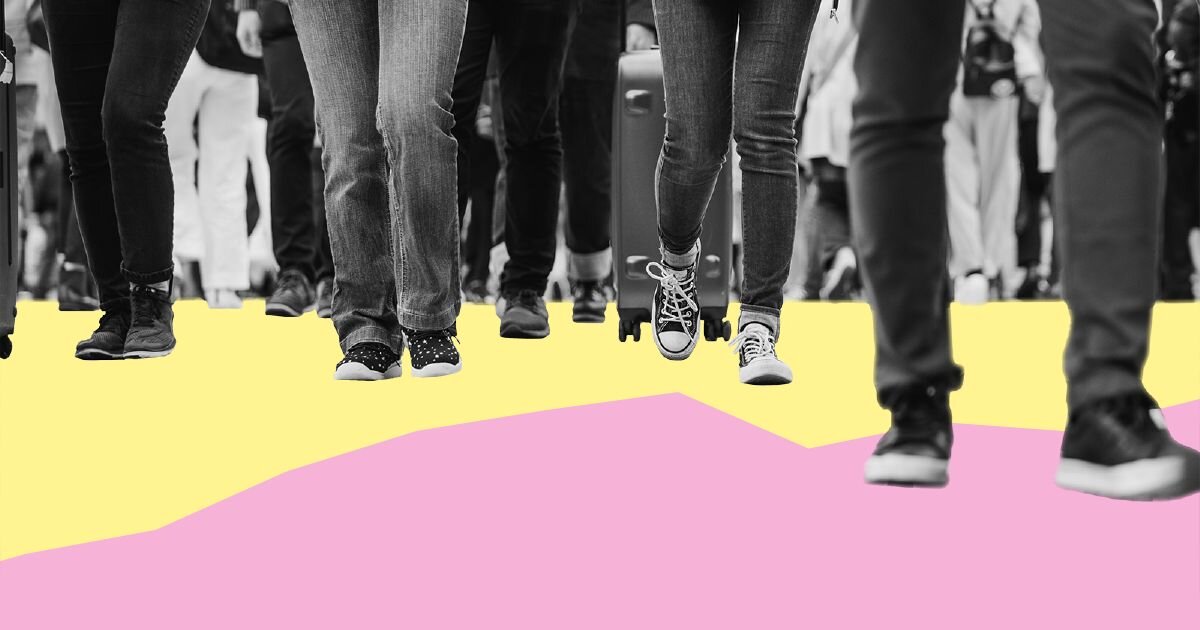Asian Americans’ contributions to the US workforce are as varied and diverse as the demographic group itself.
Asian Americans make up a disproportionate share of high-paying occupations in computer science, math, engineering, health, and business. But they are also highly represented in lower-paying personal care and service work.
The Asian Americans demographic is a complex group with people from a range of distinct nationalities and backgrounds. As a result, the occupations of Burmese or Vietnamese Americans, for example, tend to differ drastically from those of Chinese or Indian Americans.
Asian Americans are highly represented in several high-paying occupations — but also lower-paying personal care services roles.
Asians make up 6.6% of the US workforce. In computer and math occupations, though, they make up 23.3%, or a 16.7 percentage point overrepresentation, the highest of any field. This field includes software developers and computer systems analysts.
Asian Americans are also more represented in relatively high-paying architecture, engineering, and life and social science occupations. They’re 36.4% of computer hardware engineers and 43.1% of medical scientists, where median weekly earnings are $2,277 and $1,544. respectively.
At the same time, Asian Americans are a disproportionate share of personal care and services workers, including hairdressers, childcare workers, and nail stylists. Asian Americans make up 10.1% of employees in those roles and are 73.1% of manicurists and pedicurists specifically. The median weekly earnings for manicurists and pedicurists in 2022 was $677, 36% below the national average of $1,059.
The demographic is least represented in the construction and extraction field, comprising 1.7% of the workforce. This is an underrepresentation of 4.9 percentage points.
How does this change by ethnicity?
Asian Americans’ diverse experiences are reflected in their employment. Taiwanese and Indian Americans are particularly well-represented in management, business, science, and arts fields. Vietnamese and Thai Americans are highly represented in service occupations.
One way of understanding the diversity of occupations is through types of migration.
One method of migration into the US is through H1-B visas, which are granted to people working in “specialty occupations.” India is the most common country of origin for H1B visas, followed by China. This means that among recent migrants, Indian Americans are more likely to be working in highly specialized, and more highly paid, fields, such as software engineering.
In contrast, many recent Burmese Americans migrated to the United States through refugee resettlement. From 2008 to 2014, around 117,000 Burmese refugees resettled in the US. These refugees did not arrive with H1-B visas and the options they provide, impacting their job prospects.
Pacific Islander ethnic groups—such as Native Hawaiians or Chamorros—also face different experiences from those whose families come from Asia, but they are often grouped in with Asian-Americans under the Asian American and Pacific Islander label. Recognizing the vastly different experiences of each ethnic group helps contextualize broad trends in the Asian American workforce.
Read more about changing demographics in the US, Asian American demographics, Pacific Islander demographics, and sign up for our weekly newsletter.
Related economy articles
Read data analyses written by the USAFacts team.
Page sources and methodology
All of the data on the page was sourced directly from government agencies. The analysis and final review was performed by USAFacts.
Bureau of Labor Statistics
Labor Force Statistics from the Current Population Survey
Census Bureau
American Community Survey




